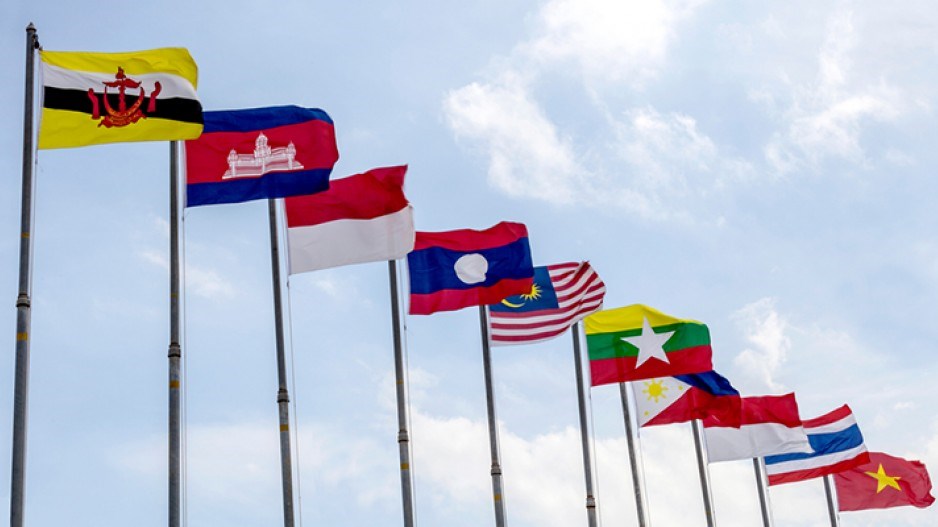The Vietnamese government is investing heavily in turning the country into the “factory of the world,” and making Vietnam a gateway into the Association of Southeast Asian Nations (ASEAN) region.
This is a strategy that offers opportunities for B.C. businesses, according to B.C. and Vietnam government officials and business leaders who spoke at an event hosted by both governments.
“With 680 million consumers, ASEAN is now [one of] the largest consumer market[s] thanks to the economic growth of [an average of annual] five per cent. And also, ASEAN is among the largest and most open trading blocs in the world with free trade agreements with the most biggest trading partners,” said Thi Be Nguyen, executive director of the Canada-ASEAN Business Council.
Singapore has long been a gateway to the Asia-Pacific region and ASEAN countries due to its central location and developed economy. But according to Nguyen, Vietnam is looking to position itself as an alternative, and has invested heavily in telecommunications, air and shipping connectivity to help the country compete.
“The number of people using cellular phones and the access to the internet in Vietnam is the highest in ASEAN.... That shows how businesses can enter easily to the digital economy and operate efficiently in e-commerce,” she said, adding that Vietnam’s cheaper prices makes its companies and service providers attractive.
Although there is no direct flight from Vancouver to Vietnam, the latter has been building its air connectivity to other ASEAN countries, and has direct flights to most major cities and all capitals in the region. The country is also investing “massively” in shipping capacity and seaport infrastructure and, by 2050, it aims to handle double the amount of the shipping capacity of Singapore, according to Nguyen.
“We now have 44 seaports … and 32 shipping lanes which go directly from Vancouver to Haiphong, Vietnam and 16 others to the south of Vietnam. We also have the biggest vessel fleet in ASEAN with 1,500 vessels … and the ASEAN-China sea lane corridor,” she said.
“That means we can compete easily in terms of the cost in comparison with Singapore to become the main shipping port in ASEAN countries… Canada can be a good partner for us to ship Canadian products via Vietnam into ASEAN and also to China.”
By 2030, airport, seaport and telecom infrastructure projects in Vietnam will total up to US$150 billion and the Vietnamese government can only finance approximately half of it, she said, adding that this presents opportunities to investors in B.C. and Canada.
Meanwhile, Vietnam has set its sights on becoming the new “factory of the world” after China shifted its economy away from manufacturing.
Vietnam has nearly 400 industrial parks, 18 coastal economic zones and three high-tech zones, Nguyen said.
“The cost to rent the office, the land in the industrial zones is the cheapest in the region … and for the housing in major cities in Vietnam, we also offer a very competitive price in comparison to other countries … and we provide a lot of tax incentives,” said Nguyen.


